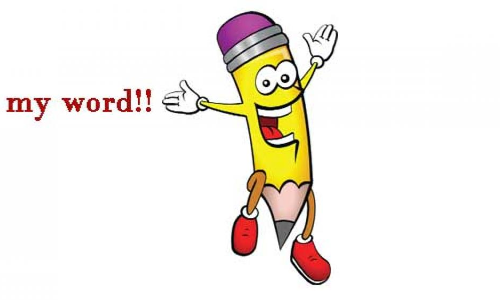Live
- Champions Trophy 2025: Full Schedule, Match Dates, Venues, Timings, and Updates
- FRAI Urges Government to Provide Technology Platform for Kirana Stores to Stay Competitive
- Not just Gen Z, millennials too: Redditors discuss the wave of pet parenthood embraced by young Indians
- Innovation can expedite the journey to a Smoke-Free future- in focus at Technovation Abu Dhabi
- Pramod Kumar Voola: Pioneering ethical AI and innovation in healthcare technology
- Rahul Vadisetty: Harnessing AI to revolutionize predictive healthcare
- Interview with Sukumar Bisetty: Driving business transformation with technology
- Kerala Man Arrested in Mangaluru for ₹10.84 Lakh Investment Scam
- Kerala Youth Arrested for Cyber Fraud of ₹1.71 Crore in Mangaluru
- Jewels of India born on December 25









